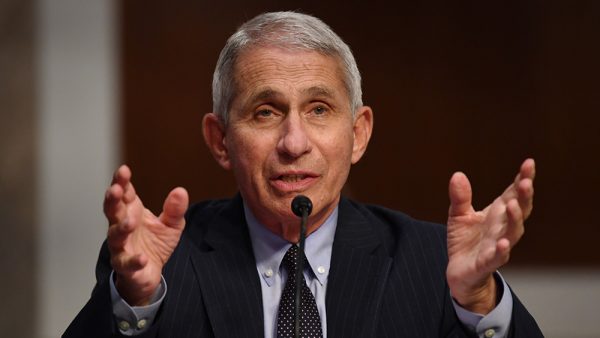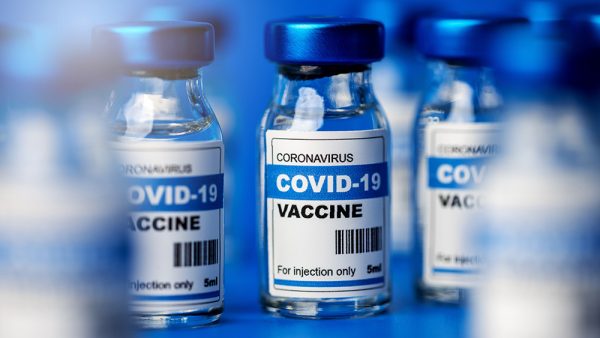
Biden administration's academic recovery mandate falls short as districts struggle to bridge educational gap
These shortcomings in academic recovery come despite the administration of President Joe Biden mandating that counties spend at least 20 percent of their aid on academic recovery to help bridge the gap. However, some education experts have criticized this as insufficient. Based on the latest round of federal COVID relief funding, a record of $122 billion must be utilized or committed by September 2024. Recovery plans have varied widely across thousands of school districts nationwide, with limited statewide data available on the allocation of funds. "Recovery efforts have been undersized from the start," said economist Tom Kane. "We've seen examples of programs that have made a difference for students, but none were of the scale or intensity required." Additionally, many districts have juggled competing priorities, such as improving teachers' salaries, addressing students' mental health and addressing neglected school infrastructure.Despite having one more year of federal aid available, some districts may need help to pivot effectively. Phyllis W. Jordan, associate director of FutureEd, a bipartisan research group at Georgetown University, disclosed that their analysis of federal aid funds in California revealed hundreds of school districts that had already expended most or all of their money.
Learn more about how the COVID-19 lockdowns have affected students at EducationSystem.news.
Watch this video that talks about how the COVID-19 pandemic erased 20 years' worth of progress in math and reading in American schools. This video is from the alltheworldsastage channel on Brighteon.com.More related stories:
Lockdown pusher admits: Closing schools during the pandemic was a MISTAKE. IDIOCRACY BY DESIGN: Not a single student out of 53 Illinois high schools can do math at their own grade level. Public schools are collapsing fast as teacher says they are now indoctrination centers, not places of education. Carey Woodruff: Deceptive curriculum in education system taking the youth down the wrong path – Brighteon.TV. Education Department report shows school shutdowns caused HISTORIC learning losses for students nationwide. Sources include: YourNews.com USToday.News NWEA.orgBiden regime promises to SUE any state that tries to stop southern border invasion
By Ethan Huff // Share
Covid jabs meet the scientific and clinical criteria of BIOWEAPONS, not “vaccines”
By Ethan Huff // Share
North Korea advances nuclear submarine program as Kim Jong Un oversees missile tests
By kevinhughes // Share
USCIS touts historic immigration enforcement under Trump administration
By willowt // Share
Nvidia strengthens AI dominance with strategic Groq talent acquisition and licensing deal
By kevinhughes // Share
Landmark study links even light alcohol use to soaring mouth cancer risk
By avagrace // Share











